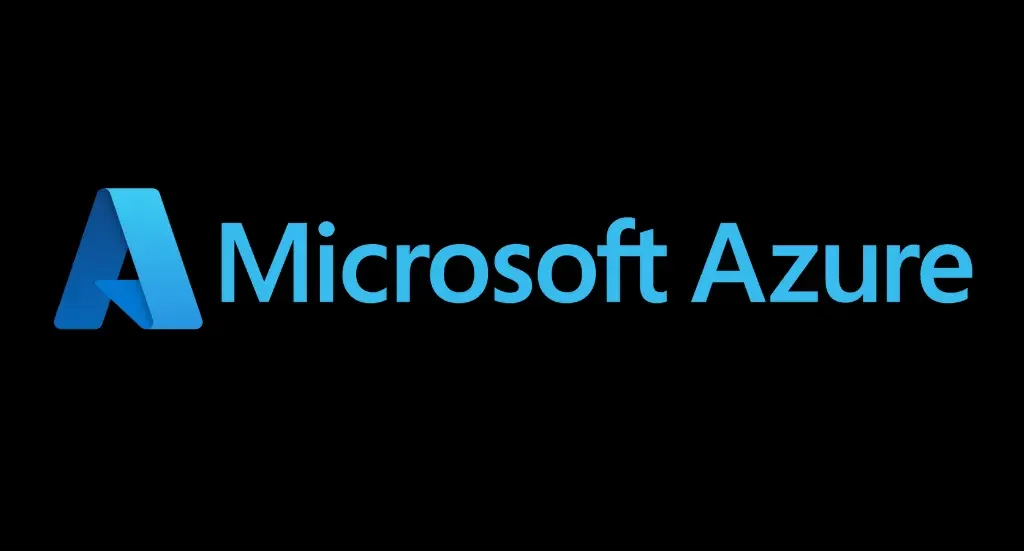Azure Server Hardening
Azure Server Hardening

What is Azure Cloud Server?
Azure is Microsoft’s cloud computing platform that delivers a wide range of services for businesses, government agencies, and developers to build, manage, and run applications over the internet. It offers solutions such as storage, networking, analytics, virtual machines, and cloud-based computing. Azure supports various models like Platform as a Service (PaaS), Software as a Service (SaaS), and Infrastructure as a Service (IaaS). Previously known as Microsoft Azure, it enables users to access and manage cloud resources efficiently, facilitating the storage, processing, and transformation of data according to business needs.
Advantages of Azure Cloud Servers
While Azure is inherently more secure compared to on-premises computing solutions, it is still susceptible to various threats, such as access token abuse, lateral movement from compromised workloads, and server-side request forgery (SSRF).
These vulnerabilities can enable attackers to execute a range of malicious activities, including exploiting access tokens, altering internal resources, and extracting data to unauthorized external sources.
Implementing comprehensive Azure cloud server hardening, coupled with a robust cybersecurity strategy, can significantly mitigate these risks. It ensures your applications are protected from vulnerabilities, prevents DDoS attacks, helps maintain compliance with industry standards and regulations, and optimizes resource usage and cost efficiency.
Why is Azure Security Hardening Important?
With the rise in sophisticated cyber-attacks, organizations must prioritize cloud security to prevent threats and reduce risks. Key reasons to implement Azure Security Hardening include:
Data protection
Safeguard sensitive customer and business data from leaks and breaches.
Compliance
Meet industry standards such as GDPR, HIPAA, and ISO 27001.
Minimize risk
Reduce the attack surface, making it harder for malicious actors to infiltrate your systems.
Operational continuity
Ensure uptime and availability by defending against DDoS and other attacks.
Optimized Security Practices for Azure Environment
Identity and Access Management (IAM)
We will implement robust authentication mechanisms and role-based access controls (RBAC), adhering to the principle of least privilege. This ensures the prevention of unauthorized access to resources within the Azure environment.
Network Security Groups (NSGs)
Inbound and outbound traffic will be carefully configured at the network level within NSGs. Unnecessary communications will be restricted and enforced to enhance network security.
Azure Security Center
By leveraging Azure Security Center, advanced threat detection, vulnerability assessments (VA/PT), and actionable security insights will be implemented to ensure intelligent and proactive defense strategies.
Patch Management and System Updates
A comprehensive patch management process will be established to guarantee that all Azure services receive regular security patches, maintaining a secure and updated environment.
Conclusion
Azure Security Hardening is an essential practice for organizations looking to secure their cloud environments. By following the best practices outlined above, you can minimize vulnerabilities, enhance your security posture, and protect your business from potential threats. With tools like Azure Security Center, Azure AD, and continuous monitoring, you can stay proactive in defending against evolving security risks.

